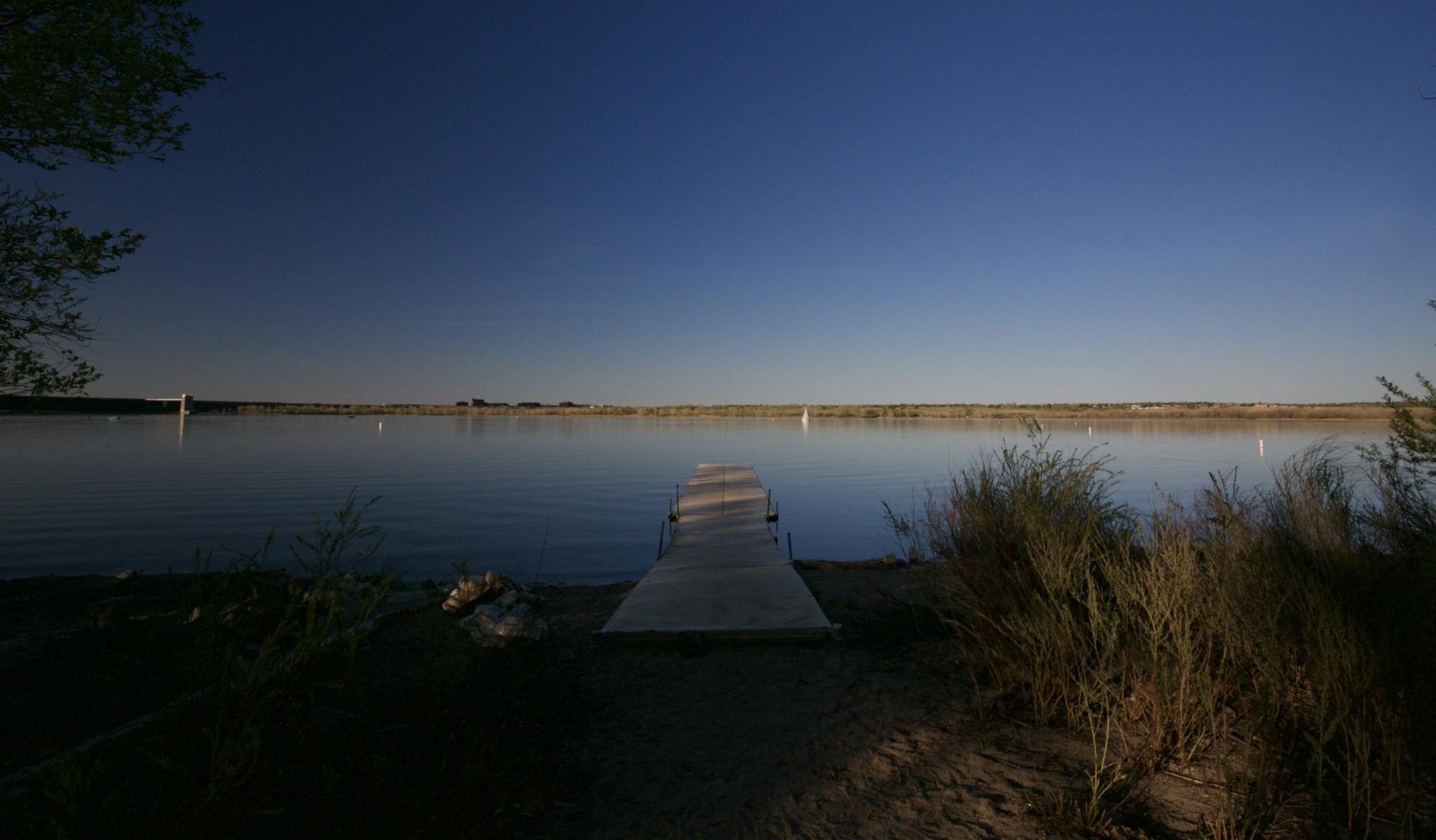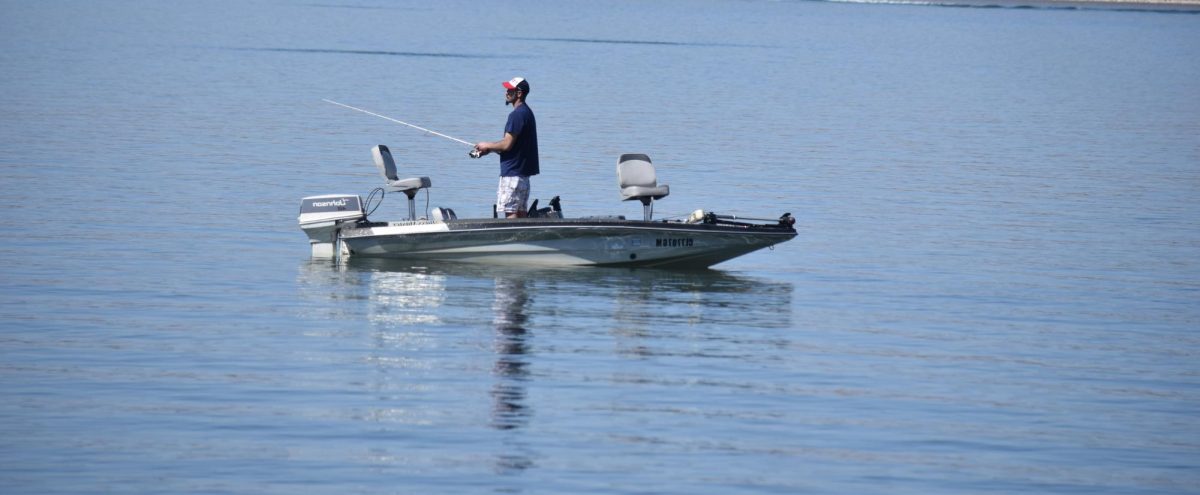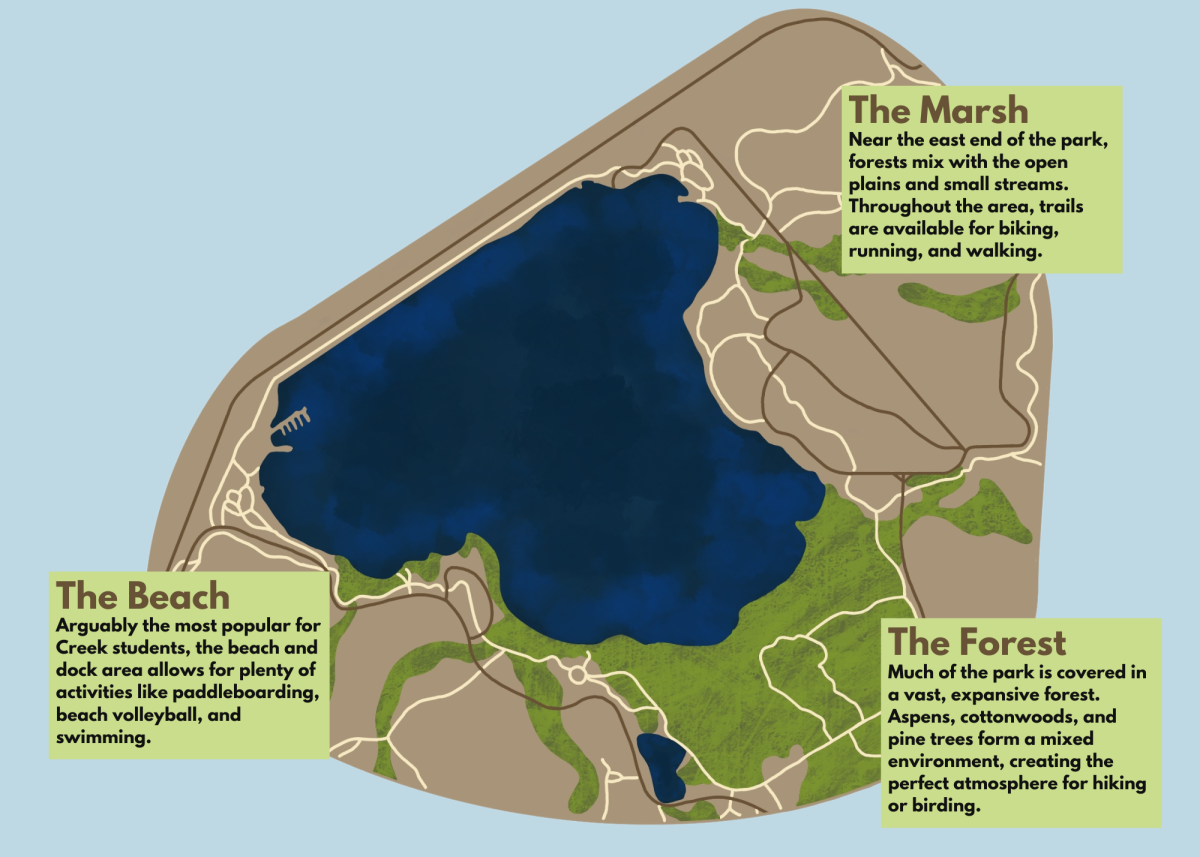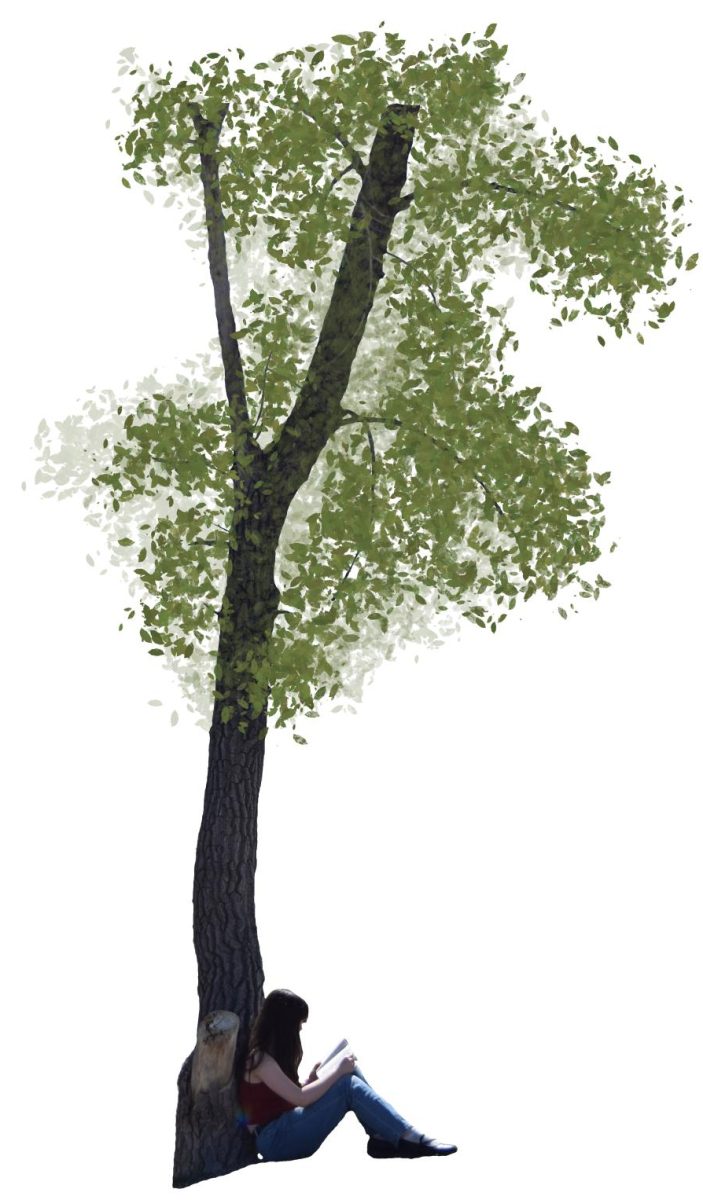Spread around the reservoir, Cherry Creek State Park (CCSP) is home to an incredible variety of wildlife – its diverse ecosystems packed into such a small space means more diversity for such a small park.
Forests and plains house mammals and reptiles, as hawks and raptors patrol the skies above. Down at the beaches, shorebirds splash, and the reservoir itself is the residence of seven confirmed fish species. Amphibians inhabit wetlands and streams. Still more mammals and birds live in the prairies that encircle the park and spread into the surrounding area.
For CCSP Education and Interpretation Assistant Maddy Martin, the birds are a center of attention.
“I think the biggest [draw] is we have a native pair of bald eagles in the park, which is amazing given, you know, the urban environment that surrounds the park,” Martin said. “It’s just quiet enough, and they like the reservoir, so they moved in here, and they had babies just last summer.”
The National Audubon Society works to protect birds, wildlife, and habitats nationwide. Youth Environmental Educator Kieran Fish at the Denver branch leads high school volunteer work at CCSP with little jobs to help rangers.
“It provides a service that’s needed to the park,” Fish said. “They manage a huge landscape and being able to help with things like removing invasive species, picking up trash, basically helps the park operate, but it also helps the students have a chance to learn about these conservation issues.”
While CCSP is popular in the community for leisure possibilities, it also attracts enthusiasts of the wildlife. The hundreds of different avian species make it a perfect place for photographers and birders. And because of its easy accessibility near Creek and so many neighborhoods, even students can get involved in birding at the park, like sophomore Drake Bowser has.
“I have been birding since 2022 and I have always had an interest in it because you never know what you’re going to see next,” Bowser said. “I have had lots of experiences at CCSP, and I have seen all kinds of ducks and geese during migration and have witnessed herons hunting along the edge of the reservoir, and overhead the bald eagles hunting.”
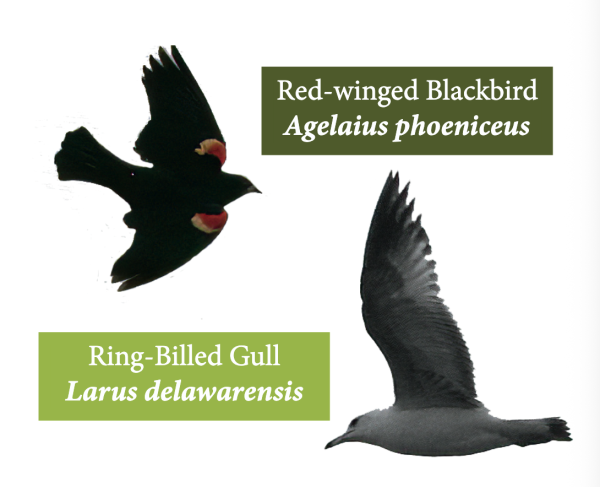
Ring-billed gulls are the most populous waterbirds, while white pelicans, mallards, and American coots are also common. Raptors like red-tailed hawks, northern harriers, and American kestrels hunt from treetops. Still more songbirds like red-winged blackbirds and song sparrows fill the breeze with music.
Birds, especially the rare ones, can bring in crowds of enthusiasts.
“Whenever there’s a bird that’s unique, people will get online and tell all their friends and suddenly a lot of birders will show up,” Fish said. “We always advocate that when people are out doing birding, that they be respectful.”
Small mammals like rabbits and squirrels are a common sighting around the park, but even white-tailed deer and coyotes often approach close to humans – and the plains ecosystems are a perfect place to see communities of prairie dogs.
As for the cold-blooded animals, the lake is a center for many. While there are some native fish like black bullheads, most species are stocked by the park for fishing, like rainbow trout and walleye.
Amphibians like tiger salamanders and Woodhouse’s toads, and reptiles like pond sliders, garter snakes, and snapping turtles all have big populations all around the reservoir as well. Hundreds of insect species, including beetles, grasshoppers, and butterflies are their dinner.
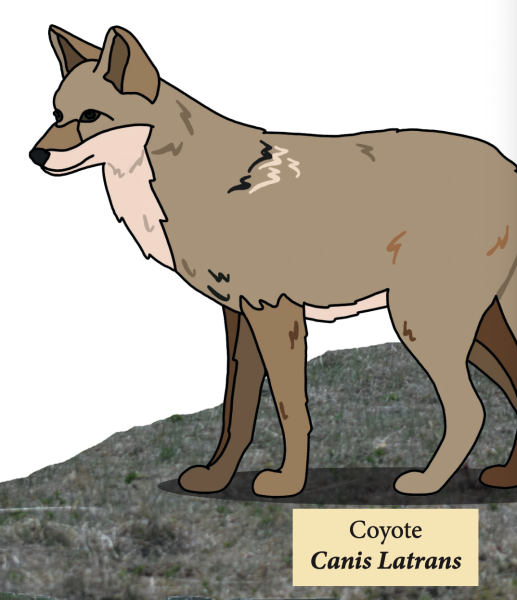
That’s just the animals. CCSP is home to many native plants and trees as well. Morning glories, Great Plains yucca, and Rocky Mountain beeplants are just a few of the shrubs and flowers that add color to the undergrowth. Huge eastern cottonwoods and ponderosa pines tower up as air cover for birds and mammals.
For senior Rachel Wheatley, being in the Horticulture class has expanded her awareness for plant life.
“You don’t have to be a really outdoorsy person to learn about horticulture,” Wheatley said. “I’ve found it to be a really interesting and practical field, and once you begin to learn about it you kind of start to see it everywhere.”
How can visitors limit their environmental impact? Martin says to just be conscientious.
“The city folk are sometimes not great about knowing to keep their distance and they get a little bit too close to the wildlife,” she said. “Trash is a big one, because anything you leave out, animals are going to get into it. They might swallow the plastic…It takes a community to keep this park clean.”
When invasive plant species like leafy spurge and bindweed, Wheatley says it’s important to know your surroundings and know what species to protect.
“Plant and protect species that are native to your area, learn how to identify invasive plants, stick to trails and follow leave no trace guidelines while in nature, support conservation groups,” she said. “I think studying plants can help us be more connected to the world around us, and I think that is very important.”
Bowser hopes the community can work to protect the park because of its extensive natural diversity.
“It is important to protect the park because it has so many great things to offer and is a home to many animals and appreciating them makes you understand why they need to be protected,” he said.
Fish thinks that mindfulness can come from youth education.
“If you don’t know nature or about animals and wildlife that we have here in Colorado, it’s hard to grow up to become somebody that’s going to care about those things,” he said. “So we think that having a positive experience with nature really goes a long way in the long run.”


